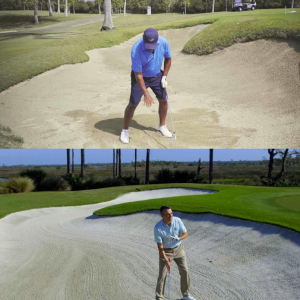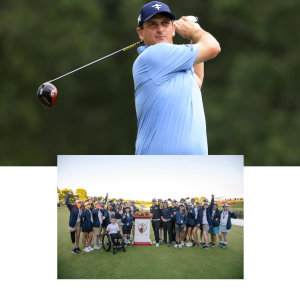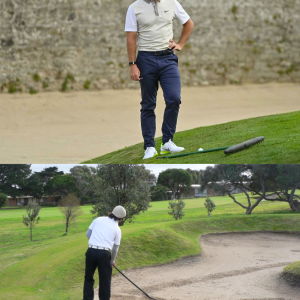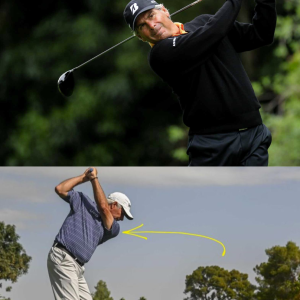Jeremiah Daly has never lacked for access to great golf, but he knows not everyone is so lucky, and he believes in leveling the playing field.
His outlook owes in part to his upbringing in Marion, Mass., a small town south of Boston that is home to a pair of notable courses which sit just miles apart but operate in different worlds.
One is Kittansett, a prestigious private club with a William Flynn design that has long held a place on U.S. Top 100 lists. The other is Marion Golf Club, a scrappy, 9-hole public layout with lofty bloodlines of its own. Completed in 1904, it was the first course built by George C. Thomas, years before he stamped his name on more famous work at Riviera, Bel-Air and Los Angeles Country Club.
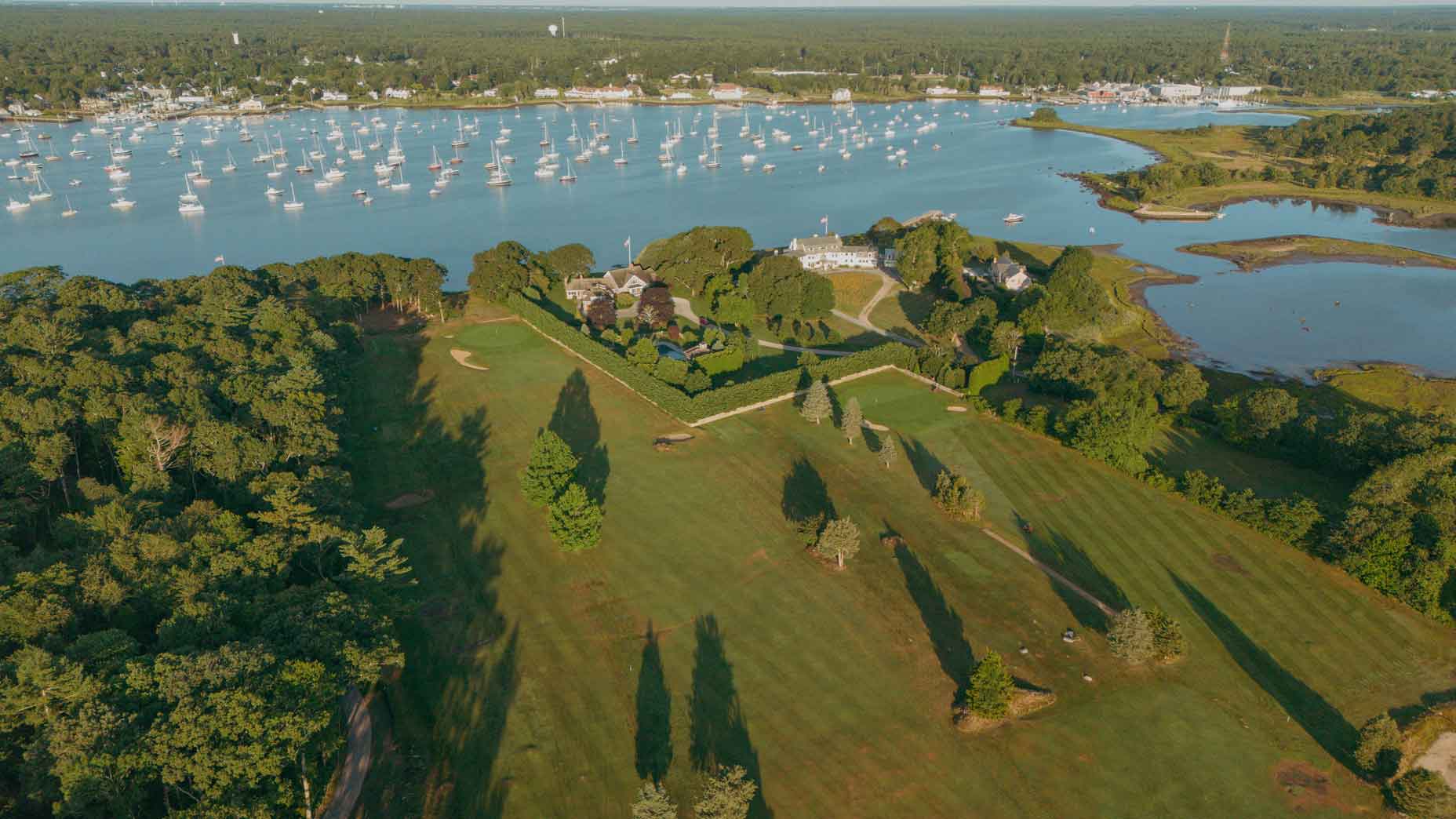
Daly, who is 42, grew up playing both.
Early on, he says, “I was not attuned to their pedigree.” By the end of high school, though, as his interest in golf architecture deepened, he came to realize “how amazing it was that this little town had a Flynn and a Thomas.”
How the Thomas design stayed afloat was impressive, too. From the time Daly first played it, Marion GC had been cared for on a shoestring by Bruce and Sue Carlson, a husband and wife who lived on site in a wood-framed home that doubled as the pro shop. On a property with no built-in irrigation, Bruce would rise before the sun to hand-water the greens.
If the rustic upkeep lent the course a throwback charm, it also made it easier to take the place for granted.
“It was not a destination,” Daly says. “But a lot of people in the community played it. It was the only public course in town.”
Years passed. Daly went to college, and then on to a career in finance, settling elsewhere in Massachusetts. But he kept his ties to Marion and its two courses. And he kept up with the news.
By early 2020, word was out that Marion had reached a breaking point. After decades of tending to the day-to-day, the Carlsons had decided to give up their duties and no one appeared ready to replace them. The course was held in a private trust. Under its provisions, if the land could not be maintained for public golf, it was meant to be converted into a park.
Daly was allergic to that idea. In partnership with Michael Kane, a friend and fellow Kittansett member who shared his soft spot for the local 9-holer, Daly took over the Marion lease, sealing the deal the week the world shut down to Covid. Two months later, when the state allowed golf courses to resume operations, “we set off on our journey,” Daly says.
The mission was two-fold: “To dust off an old piece of art for fans of golf-course architecture, and preserve the community aspect of it as well.”
For better and worse, in the century-plus since Thomas designed it, the course had been left pretty much untouched. The first order of business was to install irrigation under all the tees and greens, followed by refinements of faded features: clearing trees to declutter playing corridors; uncovering bunkers that turf had taken over; enlarging greens that had shrunken into small circles over the years.
Two full-timers came aboard, a superintendent named Jeff Mello, and Daly’s younger brother, Will, who switched careers mid-stride, abandoning his job in cyber security to become director of golf operations. The bootstrapping effort was easy to root for. Locals volunteered for basic maintenance duties. The USGA offered its expertise with a pro-bono stop that recently turned into a three-visit consultancy on everything from water management to aeration plans — vastly improved conditions within a modest budget.
The clubhouse at Marion GC occupies what once was the course caretakers’ home.
Marion’s clubhouse used to be the home where the course caretakers lived. Matthew Hart
“It’s an every-person’s golf course,” says Elliott Dowling, an agronomist with the USGA and the governing body’s point person on the project. “Keeping it affordable and accessible was a key goal from the start.”
Four years since it stood on the brink of closure, the course is nowhere close to fully restored, but it’s been dusted off enough for its beauty to shine through. A par-34 that stretches just less than 2,700 yards, its design is catnip for architecture nerds, with such time-capsule traits as old stone walls that come into play on eight of nine holes. Shades of North Berwick by Buzzards Bay.
“It’s charming, cozy and super-interesting,” says Jonathan Sirois, a high school teacher and golf coach at nearby Tabor Academy, who has been a Marion regular for more than a decade. “And the greens, which were always surprisingly good, are now exceptional. The whole place is punching well above its weight.”
Where it isn’t hitting hard is with its price. In the wake of upgrades, green fees have jumped by all of $7. It’s $23 for a 9-hole loop, and $35 to go around twice. For $50, you can play all day. A $350 junior membership allows unlimited access throughout the year.
The value, in return, is tough to quantify. Like many low-barrier-to-entry layouts, the course provides community connective tissue with tournaments and impromptu outings. Rituals have formed around it. A solstice event. A one-club competition. A semi-cutthroat game of Wolf contested weekly among friends.
Restorations, meanwhile, are ongoing. Gil Hanse, the acclaimed architect who first saw Marion while working on Kittansett in the mid-1990s, has been engaged to draft a long-term plan aimed at getting all the Thomas details right.
Thanks to increased rounds and growing merchandise sales, the course, Daly says, is now close to breaking even. But turning a profit has never been the point. The intent from the start, and into the future, is to pour all proceeds back into the course.
“If you’re into architecture, there’s a lot to love about this place,” Daly says. “But more than anything, we want it to be a course for everyone.”
Check out our new list of America’s best golf courses for $100 or less.


